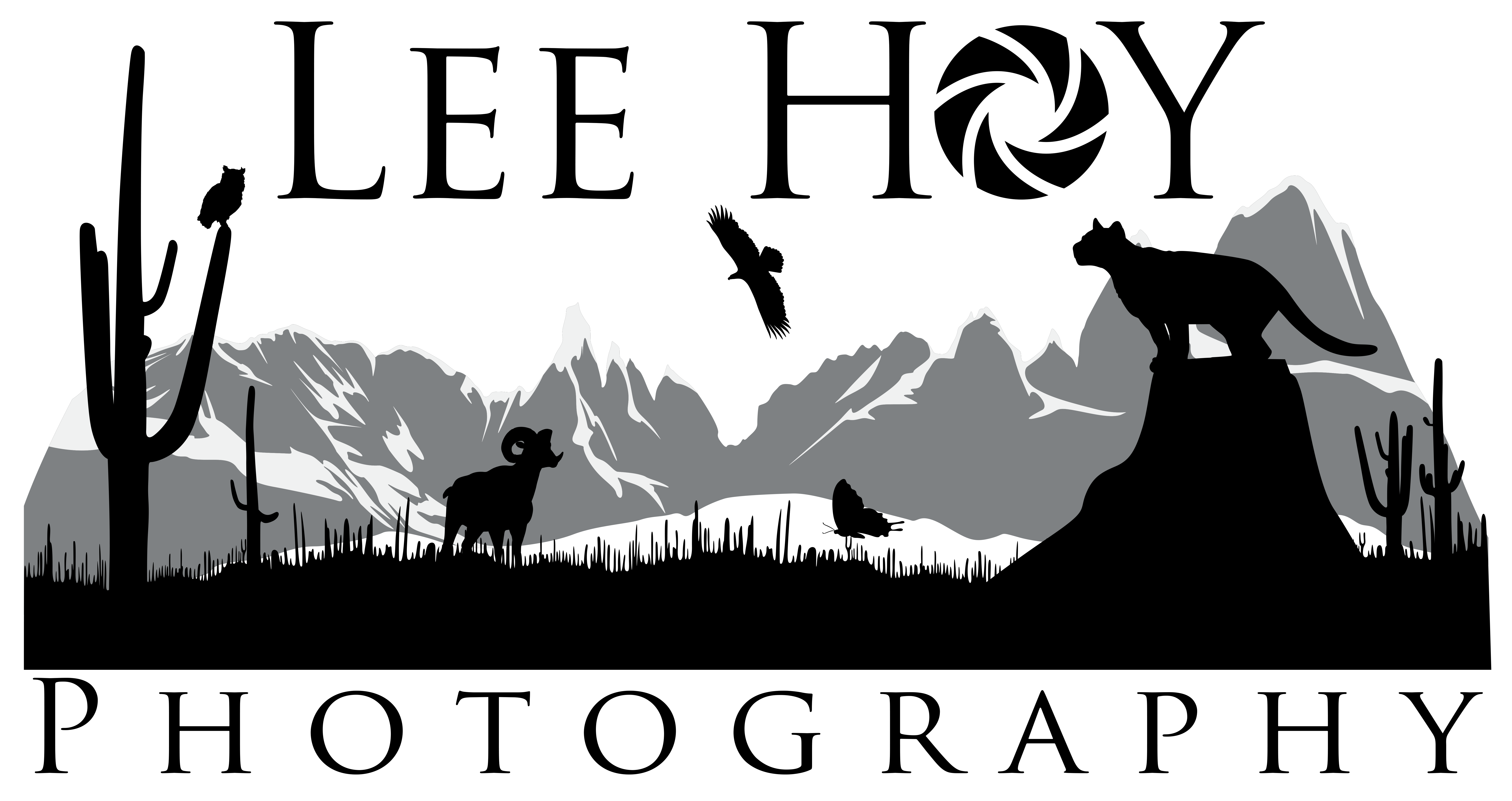Episode #8 will take an in-depth examination of the compositional element of “visual balance.” We will explore the concept, how to develop an eye for visual balance, how to use it to increase the visual impact of your images, and how to develop the skill for detecting visual balance in a scene before you press the shutter. So often, what could have been an excellent image, is left wanting due to a lack of visual balance.
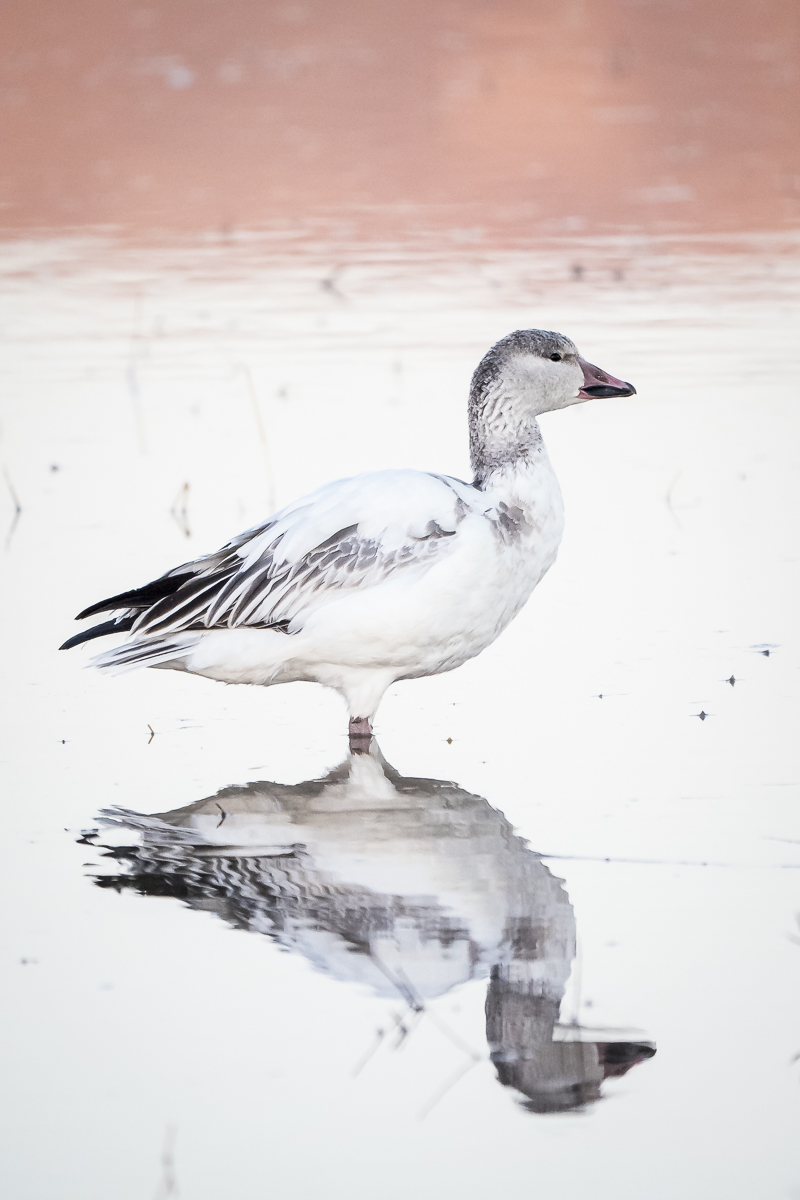
The reflection in this image helps provides visual balance to this image.
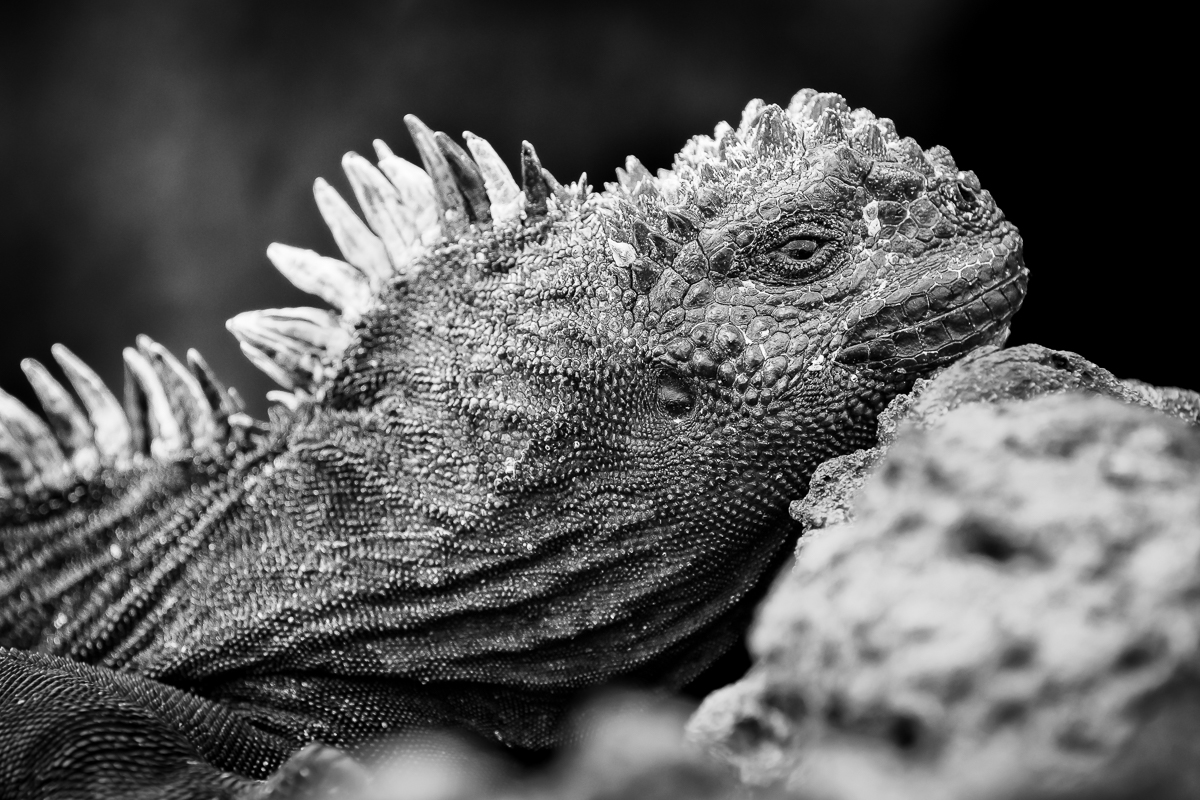
This image is visually balanced from right to left as the iguana’s head and rock flow to the thinner section of body and rock in the lower left.
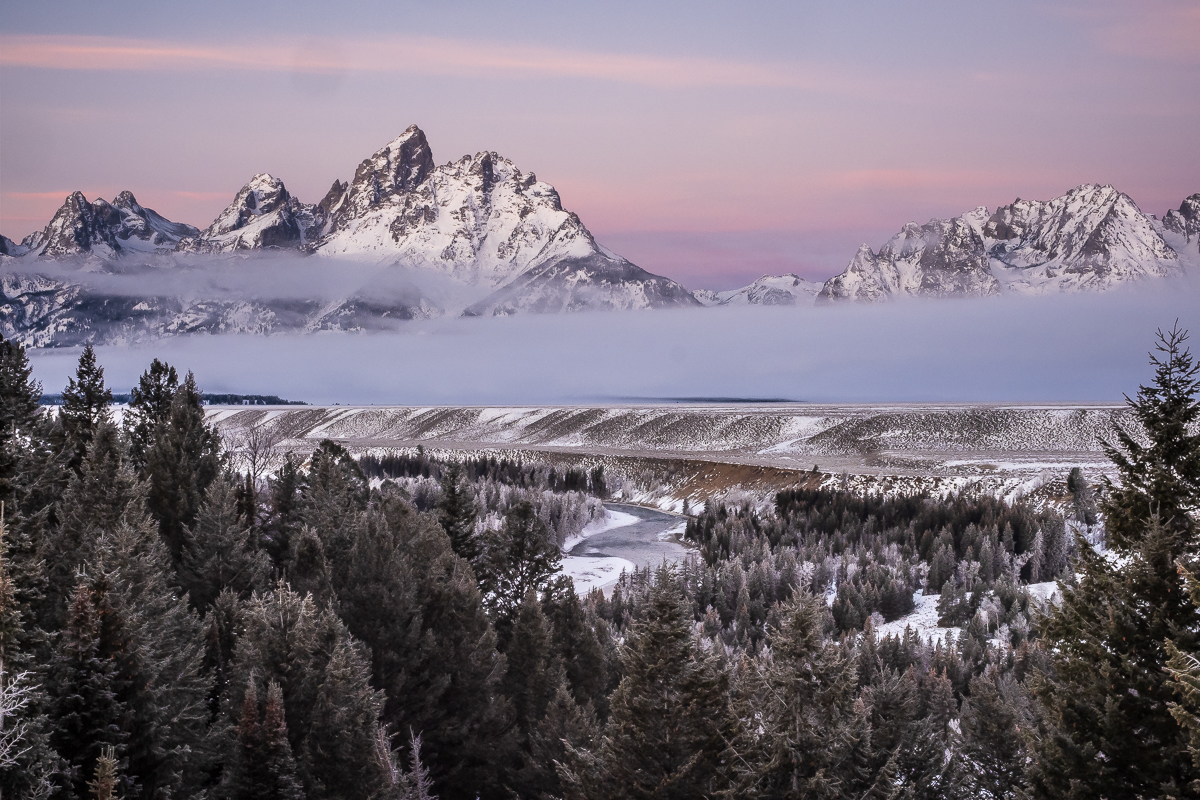
The curves of the Snake River flowing toward the dip in mountains to the right of Grand Teton peak provides visual balance along with the larger group of trees to the left and the anchor tree on the right lower corner.
We take a look at a new filter adaptor that could save you a lot of money on step-down rings. The H&Y RevoRing will change how you use circular filters!
Finally, we take a quick look at waiting for the right head angle in wildlife photography.
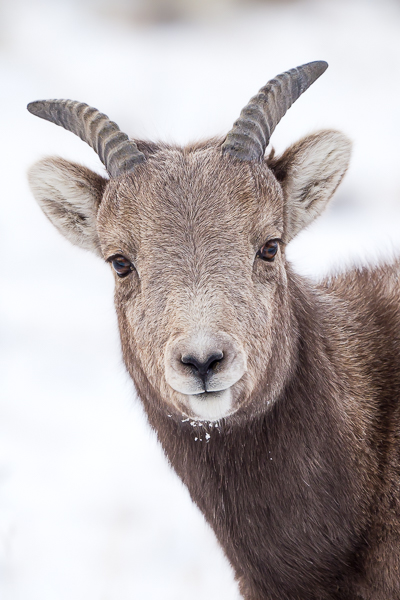
Why do you find this head angle pleasing? Hint: Consider the eyes.
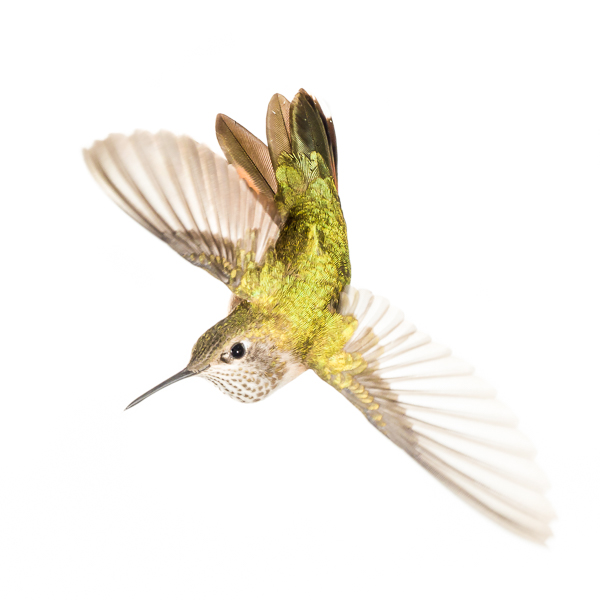
While this body position is certainly odd (which I enjoy about the image), what is it about the head angle that makes the image more pleasing?

What about this head angle is pleasing or displeasing to your eye?
